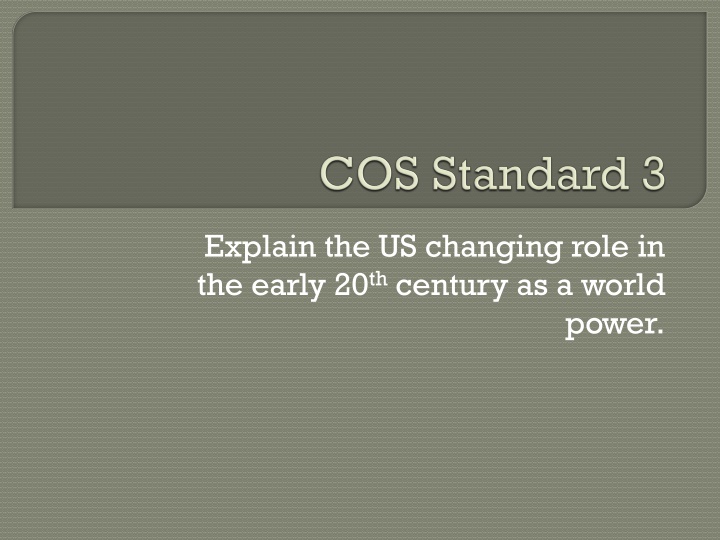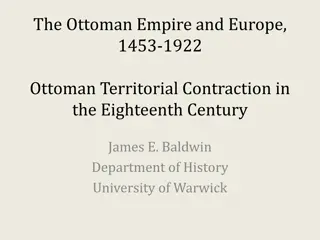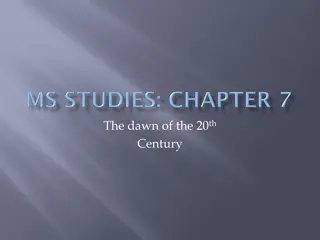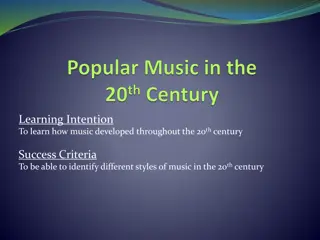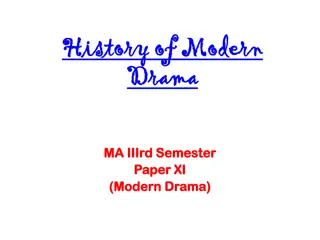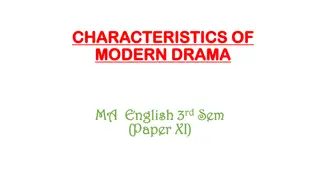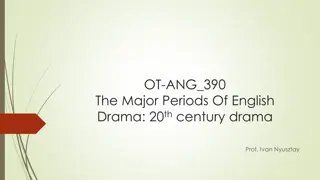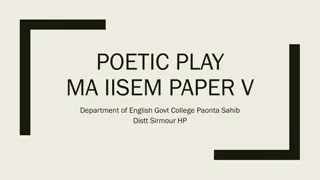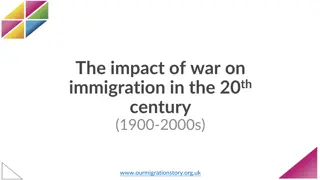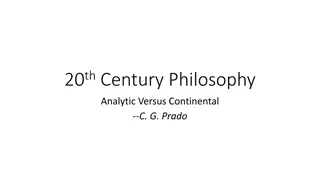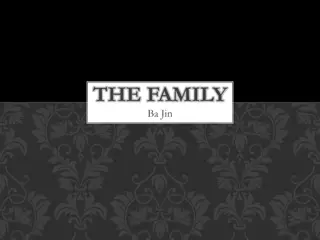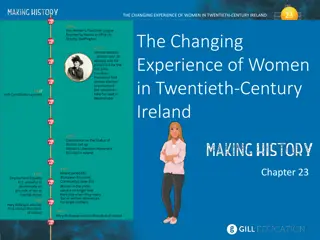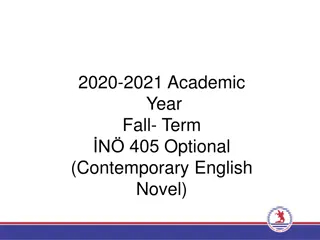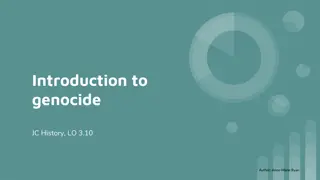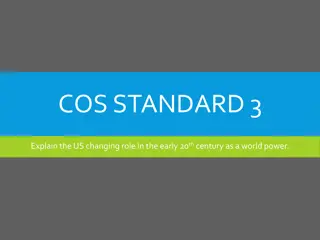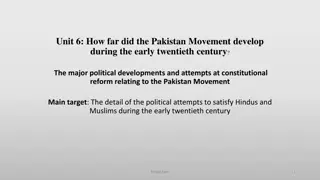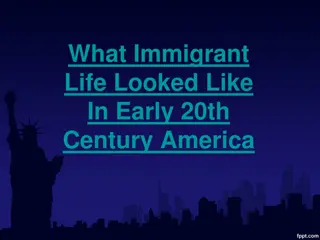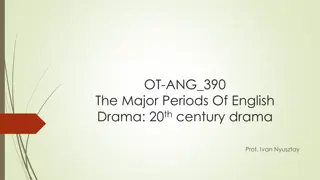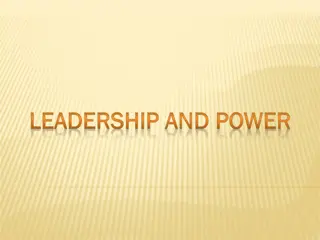Role of the US as a World Power in the Early 20th Century
The United States underwent a significant transformation in the early 20th century, emerging as a prominent world power. This shift was marked by key events such as the formation of the Rough Riders under Theodore Roosevelt, the involvement of African American regiments in the Spanish-American War, decisive naval battles, and the acquisition of territories like Cuba and the Philippines. These developments showcased the growing influence and expanding role of the US on the global stage.
Download Presentation

Please find below an Image/Link to download the presentation.
The content on the website is provided AS IS for your information and personal use only. It may not be sold, licensed, or shared on other websites without obtaining consent from the author.If you encounter any issues during the download, it is possible that the publisher has removed the file from their server.
You are allowed to download the files provided on this website for personal or commercial use, subject to the condition that they are used lawfully. All files are the property of their respective owners.
The content on the website is provided AS IS for your information and personal use only. It may not be sold, licensed, or shared on other websites without obtaining consent from the author.
E N D
Presentation Transcript
Explain the US changing role in the early 20thcentury as a world power.
Name given to the First U.S. Volunteer Cavalry under the leadership of Theodore Roosevelt (Teddy) Teddy was the Assistant Secretary of the Navy before the war. He resigned in 1898 to organize the Rough Riders. Made up of College Athletes, Hunters, Cowboys and Native Americans Battle of Las Guasimas- June 24th Battle of San Juan Heights-July 1st Kettle Hill-Roosevelt rides his horse, Texas, up and down the hill encouraging his men forward
Originally formed as an all African American Calvary regiment to help protect American settlers out west.(Indian Wars) Spanish-American War- only African Americans to see the war against the Spanish Played a key role in the Battle of San Juan Hill aiding Roosevelt s Rough Riders.
US Navy attacks Spanish fleet in Philippines. Pilipino rebels had already started to revolt against Spanish rule in 1896 U.S. Navy Commander George Dewey led the U.S. Asiatic Squadron that destroyed the Spanish fleet at Manilla Bay. (May 1, 1898)- 1stbattle of war Spanish are ill-prepared due to them focusing much of their attention on Cuba McKinley sent troops to secure the Philippines and took Guam as well.
U.S. War Ships led by Admiral William Sampson destroyed Spanish troops at Santiago Spain surrenders at Santiago. Spain surrenders Cuba to the Americans August 12, 1898: Armistice signed putting an end to the fighting (Armistice= Ceasefire) U.S. has little problem defeating the Spanish during this short war)
Signed December 10, 1898 Cuba is an independent country and a U.S. protectorate US gets Puerto Rico and Guam US pays $20 million for Philippines Pilipino insurgents who were fighting the Spanish now turn their attention towards Americans now US is now an imperial power.
Philippines tried to revolt on Americans stationed there Arthur McArthur sets up re- concentration camps killing many. Taft went to Philippines to reform the less civilized people there. Filipino people eventually become less hostile and resistance will stop. In 1946, US granted independence to the Philippines.
Foraker Act or known as the Organic Act of 1900 Establishes a civilian government on the island of Puerto Rico All federal laws of the United States would be in effect on the Island Self government 1917: granted statutory citizenship of US under the Jones-Shafroth Act
Platt Amendment: Cuba cannot make a treaty with another nation that would weaken its power or allow another foreign power to gain territory in Cuba Allow US to buy or lease naval stations in Cuba Keep debt low to prevent other countries from landing troops there to enforce payment US has right to intervene to protect Cuba s independence and keep order. Repealed in 1934.
